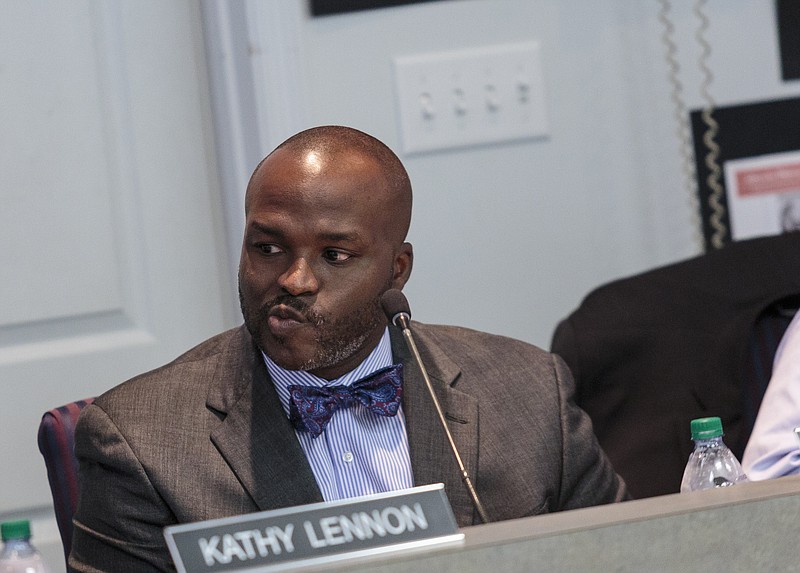For the Hamilton County Schools students who are affected, it doesn't matter whether a group of schools is called an iZone, a Partnership Zone or an Opportunity Zone. What matters is whether change is effected in such a way that the students who graduate leave with a better education and a better opportunity for success.
New Superintendent Dr. Bryan Johnson announced his plan on Thursday to launch an Opportunity Zone that would surround 12 of the district's low-performing schools. In April, Tennessee Commissioner of Education Dr. Candice McQueen had proposed a Partnership Zone that would be a joint effort between the state and the district to improve some or all of the current five iZone schools.
The state has said for several years it would be mandated to intervene in the schools - Brainerd High, Dalewood and Orchard Knob Middle and Woodmore and Orchard Knob elementaries, which are in the bottom 5 percent of schools in the state - if there is no significant academic improvement.
The Hamilton County Board of Education, some politicians and some members of the community pleaded for even more time before state intervention, and Johnson - new to the job but suddenly in the unfortunate middle - sought to see where the state and the district might work together.
McQueen said she is supportive of Johnson's work, but it is difficult to know if that changes the equation. The state's proposed partnership - a sort of mini-district with its own director and board - always was to be overseen locally but with strong state input. McQueen said Thursday the board in the coming weeks is still likely to approve some sort of partnership with the state.
The superintendent's zone includes 12 schools - the Brainerd High and Howard School feeder pattern schools - rather the original five. Whether that is based on simply putting the feeder pattern schools under the same wing or on the yet-to-be-released 2017 state test scores remains to be seen.
If Johnson and the state are able to forge a partnership that allows the state to have a hand in the intervention it says it must have but for the partnership to feel even more like a district-led project, all the better. The issue, after all, is the students and their improvement.
